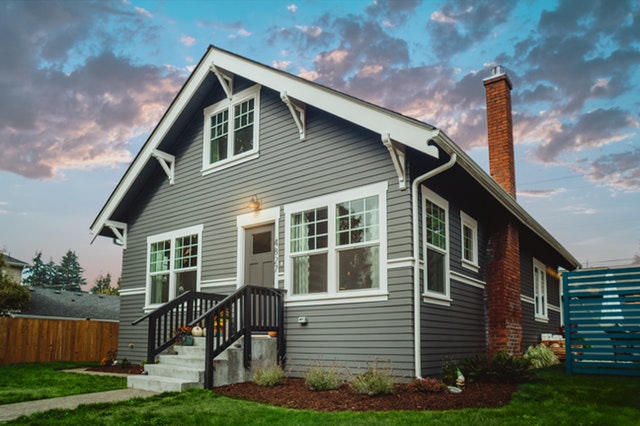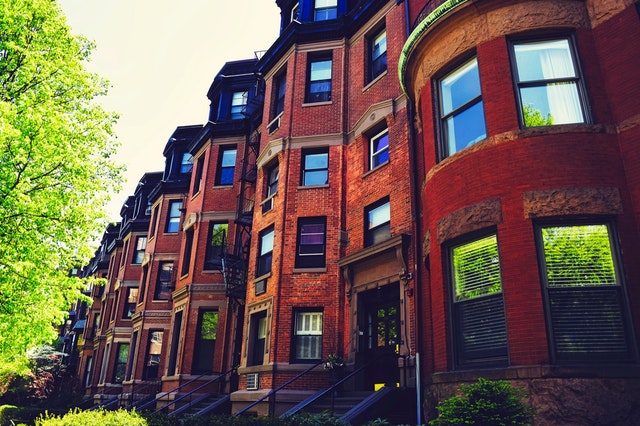How To Create A Home-Buying Partnership
 Many want to have a home, yet find it difficult to afford one by themselves. Some people are forming home-buying partnerships to buy a home and live in it together. Here are some considerations for those interested in forming a home-buying partnership.
Many want to have a home, yet find it difficult to afford one by themselves. Some people are forming home-buying partnerships to buy a home and live in it together. Here are some considerations for those interested in forming a home-buying partnership.
A home-buying partnership is a legal and personal relationship that is similar to having a permanent roommate. It has the feeling of being married to the other person in a legal way, not in a romantic way. Like any business partnership, there are advantages and disadvantages.
Advantages Of A Home-Buying Partnership
Buying a home is easier when sharing the responsibility with another person. In an equal partnership, the money needed is half and the expenses are also half of when compared to buying a home alone.
Wasting money on rent stops and the equity value may build up by owning a home over time if real estate prices increase.
Combining credit strength as co-signers may make it easier to buy a home if both parties have a decent credit history. Qualifying for a bigger home loan amount may be possible, which allows buying a larger home.
A strategy to consider is buying a duplex building, which is two homes combined into one building structure.
Disadvantages Of A Home-Buying Partnership
Getting along well with your home-buying partner is essential. Not only will you share a business relationship, but you will also see each other constantly. Having compatible lifestyles is critical to avoid personality clashes.
People who have been roommates for years and get along extremely well make great candidates for home-buying partners. This is a far better choice than doing something this serious with a person you just met.
Legal Structure
The best way to own the property is by forming a single-purpose limited liability company (LLC). The company will do nothing but own the home. An LLC is like a general partnership with the exception that it limits the liability exposure of its owners to the investment value they have in the LLC.
Ownership in an LLC is in units of the LLC. Owning half the authorized units is half the LLC. If one partner has one unit more than the other one has, that partner has decision-making control over the property.
For tax purposes, an LLC is a pass-through entity. The tax obligations and benefits pass to the owners of the LLC according to the portion of the LLC that they own.
Sudden Death, Buy-Sell Provision
This provision allows for one of the partners to buy out the other one’s ownership before it sells to a third party. This can happen automatically if one of the partners dies or becomes incapacitated. It may happen if there is a disagreement.
The idea is to use this provision so that one partner is not forced to sell the home and has the option to buy the other half of the home before it sells to another party.
Summary
These are just the basic issues about a home-buying partnership. This arrangement can be an effective way to own a home, just be very careful about how you select a partner. Use a competent real estate attorney to form the LLC properly.
And as always, consult with your trusted home mortgage professional to help you navigate through the purchase process.

 Case-Shiller’s National Home Price Index reported U.S. home prices grew by 3.20 percent year-over-year in July; as compared to year-over-year home price growth 0f 3.00 percent posted in June. Cities with the highest rates of year-over-year home price growth were Phoenix, Arizona with 5.80 percent year-over-year home price growth. Las Vegas, Nevada had 4.70 percent year-over-year home price appreciation and Charlotte, North Caroline bumped Tampa, Florida from the top three cities with home price appreciation of 4.60 percent. Tampa, Florida posted 4.50 percent year-over-year home price growth in July.
Case-Shiller’s National Home Price Index reported U.S. home prices grew by 3.20 percent year-over-year in July; as compared to year-over-year home price growth 0f 3.00 percent posted in June. Cities with the highest rates of year-over-year home price growth were Phoenix, Arizona with 5.80 percent year-over-year home price growth. Las Vegas, Nevada had 4.70 percent year-over-year home price appreciation and Charlotte, North Caroline bumped Tampa, Florida from the top three cities with home price appreciation of 4.60 percent. Tampa, Florida posted 4.50 percent year-over-year home price growth in July. Opportunity Zones were created by the 2017 Tax Cuts and Jobs Act to encourage investors with capital gains on other investments to invest that money in low-income and undercapitalized communities. They get a reward of deferring capital gains tax. They avoid a portion of it altogether if they keep the investment for five years or longer.
Opportunity Zones were created by the 2017 Tax Cuts and Jobs Act to encourage investors with capital gains on other investments to invest that money in low-income and undercapitalized communities. They get a reward of deferring capital gains tax. They avoid a portion of it altogether if they keep the investment for five years or longer.